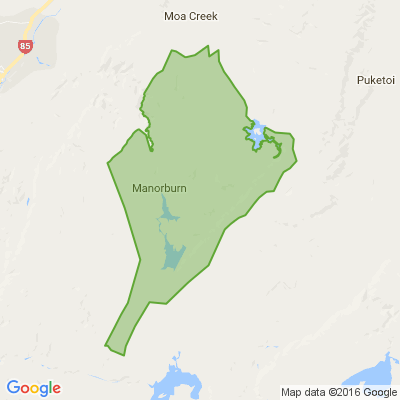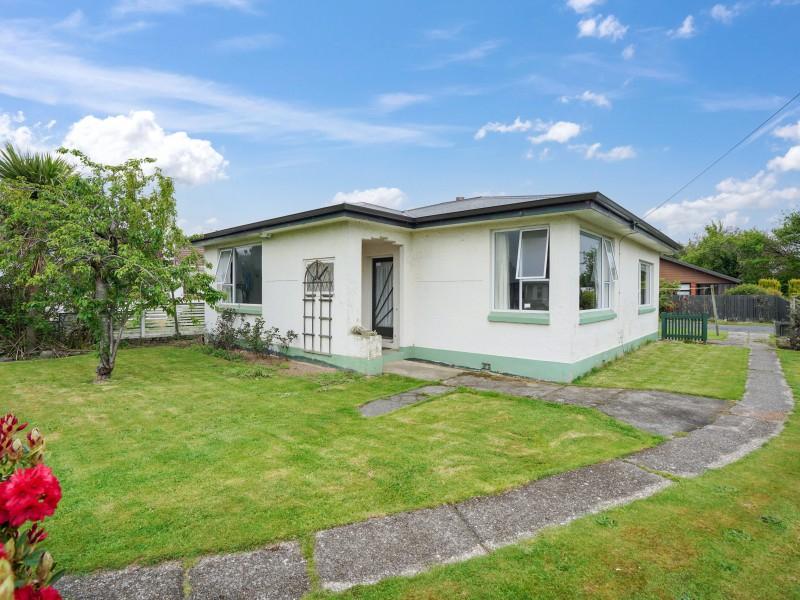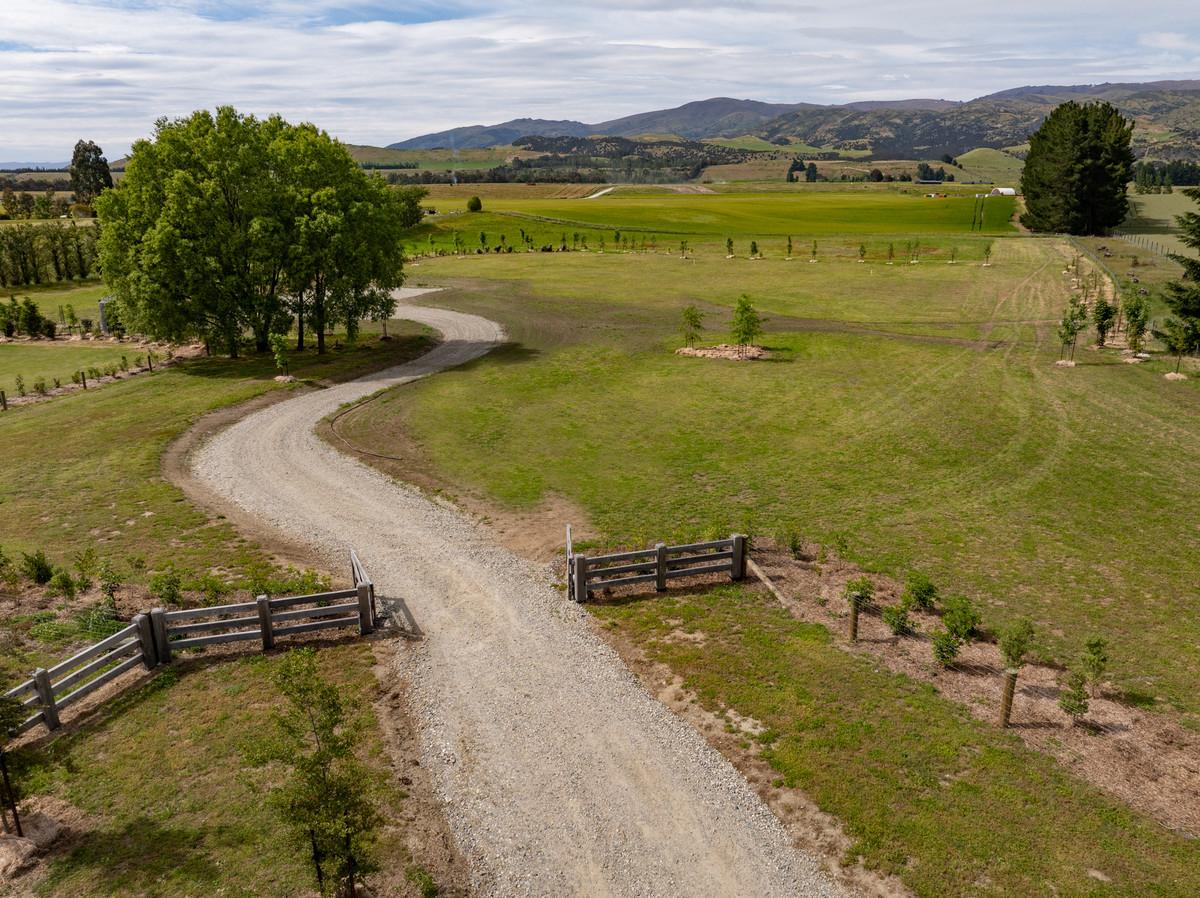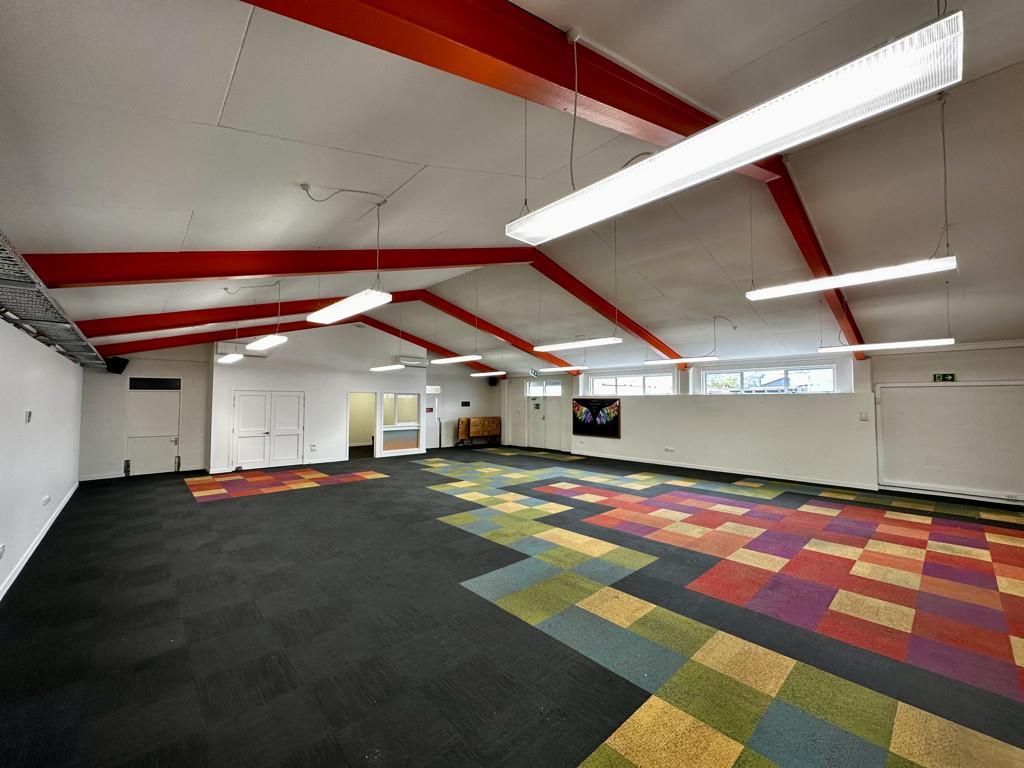Tarras Airport needs 'mass tourism' to survive, Queenstown Airport chief executive says
From reporter Debbie Jamieson:
A new Central Otago airport based in Tarras would be reliant on mass inbound tourism to be viable, Queenstown Airport chief executive Glen Sowry says.
“Do the communities of Queenstown Lakes District and Central Otago want that level of mass inbound tourism that is required to justify that airport?” he asked.
“Every conversation I’ve been part of and privy to, the answer to that is ‘no’.”
Sowry was talking as Queenstown Airport Corporation prepared to publicly launch its first 10-year plan.
The plan recognises that Christchurch International Airport Limited (CIAL) is investigating the feasibility and establishment of an international airport at Tarras but assumes it will not be developed before 2032
Sowry said travellers saw enormous value in being able to fly in and out of Queenstown.
“It is close and convenient. The location and amenity Queenstown Airport offers are very attractive.”
Despite the recent resignation of CIAL chief executive Malcolm Johns, CIAL chairperson Catherine Drayton said the organisation would focus on growth including “intergenerational projects such as the Central Otago airport project”.
CIAL project director Michael Singleton said demand to and from Central Otago would continue to grow.
“Central Otago’s need for new airport infrastructure has been talked about for decades – and not just by us.
“Covid-19 has not taken away the limits on the area’s airport capacity – it’s just changed the timeframe on when they will be reached,” he said.
The 10-year Queenstown plan precedes the preparation of a 30-year masterplan, which will provide more specifics on how the airport will achieve its goals.
The masterplan process will include public input and would replace a 2018 plan, which resulted in a huge backlash from the public that owns three-quarters of the airport via the Queenstown Lakes District Council.
The corporation has since pulled back on contentious issues within the 2018 plan.
It’s intention to introduce more flights to Wānaka Airport was quashed when a High Court Judicial Review found the corporation’s 100-year lease of Wānaka report was unlawful.
The plan to increase noise levels and more than double the number of passenger movements at the airport to over five million by 2031 was so unpopular it was dumped by Sowry soon after he started in the role.
The slow-down in international tourism from Covid-19 has reduced pressure on Queenstown Airport, and the 10-year plan shows capacity to continue growing within current noise boundaries.
Air New Zealand flight NZ1209 from Auckland lands in Queenstown, welcomed by Queenstown Lakes District Mayor Jim Boult, Clutha-Southland MP Hamish Walker, and Queenstown Airport Corporation chief executive Colin Keel.
In 2018 and using pre-Covid-19 growth rates, previous airport chief executive Colin Keel estimated the airport would reach capacity in its noise boundaries around 2022.
However, the number of passenger movements peaked in the year ended June 2019 when there was 2.3m passenger movements (or 1.15m arriving) passengers.
That dipped to 1.1 million in the last year. Forecasts now project 3.2 million passenger movements in the financial year ending June 2032.
The plan anticipates these numbers will be achievable within the current noise boundaries.
Airlines use of “new engine option” (neo) planes could increase capacity at the airport by another 25%, Sowry said.
Air New Zealand and Qantas are already including the planes in their fleets. They use 15% less fuel, are quieter and carry more passengers.
Sowry said the 10-year plan was written to reflect the “sensitivities and concerns” of the community, but also apply a responsible view of the biggest economic asset the region owns.
Increasingly that was about delivering those principles in an environmentally sensitive manner, he said.
The plan includes an intention to achieve carbon neutrality in the coming year, and net-zero by 2040, within the airport.
With the bulk of carbon emissions coming from aircraft, the airport would look to support the “highly motivated” airlines and aircraft manufacturers looking to run electric aircraft and those operated by alternative fuels.
It also contains an intention to develop airport owned land to diversify revenue, including moving the general aviation hub and creating commercial and industrial developments around Queenstown Airport.
The corporation also owned 148.5 hectares of land surrounding Wānaka Airport, which was leased for farming activities and to NASA for their superpressure balloon launches.
There were no plans to further develop that land.

A riddle to start the festive season 🌲🎁🌟
I'm a fruit. If you take away my first letter, I'm a crime. If you take away my first two letters, I'm an animal. If you take away my first and last letter, I'm a form of music. What am I?
Do you think you know the answer? Simply 'Like' this post if you know the answer and the big reveal will be posted in the comments at 2pm on the day!
Want to stop seeing these in your newsfeed?
Head here and hover on the Following button on the top right of the page (and it will show Unfollow) and then click it. If it is giving you the option to Follow, then you've successfully unfollowed the Riddles page.

Poll: Should we be giving the green light to new mining projects? 💰🌲
The Environmental Protection Authority announced this week that a proposed mine in Central Otago (near Cromwell) is about to enter its fast-track assessment process. A final decision could come within six months, and if it’s approved, construction might start as early as mid-2026.
We want to know: Should mining projects like this move ahead?
Keen to dig deeper? Mike White has the scoop.

-
53.3% Yes
-
46.7% No
🚒 Our Fire and Emergency crews have been kept busy lately
And they’re once again reminding everyone: please don’t light fires when it’s windy.
Central Otago will move into a restricted fire season from 1 December 2025, which means anyone planning an outdoor fire will need to apply for a permit and plan ahead.
So we’d love to ask you — how do you make sure you’re being fire-safe at this time of year?







 Loading…
Loading…















